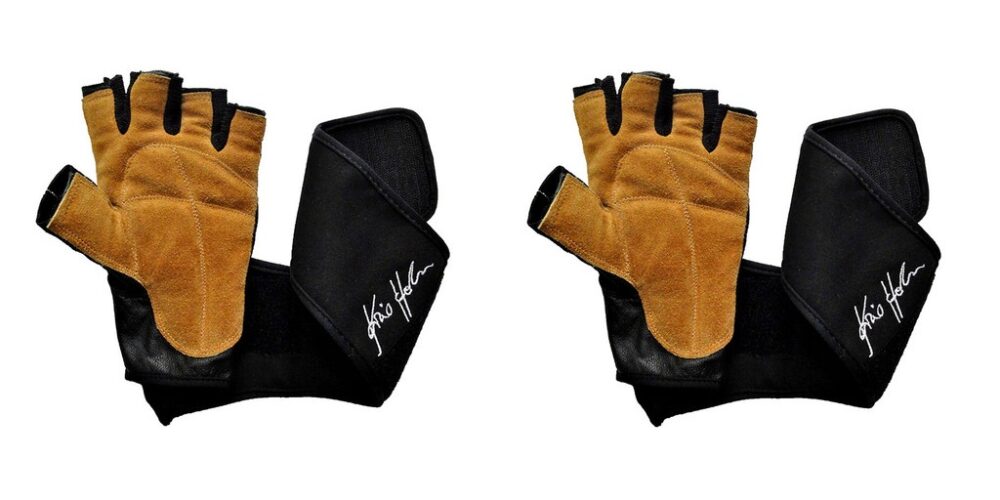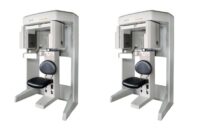Learning to ride a unicycle is difficult enough. Don’t make it more difficult on yourself than it needs to be by resigning yourself to the belief that there is a wheel size you must master in order to take up a certain discipline.
This is simply not true, and in some specific circumstances, there are wheel sizes that get overshadowed by the popularity of others even when they have plenty of their own merits.
Case in point: 32 inch tires. Let’s take a look at why this is.
Larger Than 32 Inch Tires: the 36 Inch
Unicycles generally lack chain drives, which means the key determinant of top speed is the circumference of the wheel (a product of wheel size). The largest unicycle wheel size commonly available is 36 inches – so this makes 36 inch tires the “best” for commuting, racing, and long-distance riding, right?
Well, right, with an asterisk. This is not always the case. For one, 36 inch tires are simply too big for some riders. But that’s a technicality, and there are other reasons.
For one, the wheels are harder to start and stop. This also means that they carry more rotational momentum, which can make them superior for some riders for long-distance riding; but for others, it means they can be more tiring.
Also, the larger tires are a bit more ungainly and less maneuverable than smaller options – like the 29.
On the Smaller Side: 29 inch
If you step down – and right over 32 inch tires, you will land squarely on the 29 inch. The thing about 29 inch tires is that they are a bit slower than 36 inch tires, for most riders, by a few miles per hour.
But there is an advantage to this for certain disciplines, like mountain unicycling. Unicycles with 29 inch tires may be slower, but they are more agile and offer far better handling than unicycles with larger tires – or so most riders report.
So, while 36 inch tires may be better for commuting and long-distance riding, for disciplines like mountain unicycling where greater agility is required, 29 inch tires may be better.
Of course, some riders will also prefer a unicycle with 27.5 inch tires, which again takes a slight hit on speed – but is faster than a 26 inch model and equally agile.
But we’ve skipped right over the middle ground, which offers the advantages of each.
Where 32 Inch Tires Really Shine
Most unicyclists looking for speed will skip right over the 32 looking for a 36; most unicyclists looking for agility will go right over it in the other direction and come up with a 29 or 27.5 inch model.
This isn’t fair to the underappreciated 32 inch tire, which truly offers the best of both worlds, speed, and handling.
The thing about the 32 inch tire is that it is only slower by about 1 mph (all things considered) than the 36 – there are diminishing returns as the wheel radius increases.
The other thing about the 32 is that it is substantially more agile than the 36. It handles similarly to a 29 (perhaps even comparable to a 27.5) while being much faster than both. Unicycles with 32 inch tires can top out 2 to 3 mph ahead of 29 inch models.
So really – if you’re looking for a balance of speed and agility, don’t overlook a unicycle with 32 inch tires. They may not be particularly popular, but they deserve more love.
Learn More at Unicycle.com
Ready to pick up a new unicycle? Whether you want the fastest model with the biggest tires or the densest, most compact, maneuverable option on the market, your venue should be the same: Unicycle.com.
They are the authority in their field and carry unicycles from major brands including Kris Holm and Nimbus, for beginners, mountain unicyclists, commuters, and more.
Visit their website to learn more today and treat yourself to something nice.
For more information about Knee Elbow and Wrist Pads and Bike Seatpost Clamp Please visit: Unicycle.com












